Los Angeles Gangsters Helped Pioneer Southern Nevada Casino Industry, According to New Book
Posted on: April 15, 2021, 12:10h.
Last updated on: April 15, 2021, 05:13h.
A new book cowritten by mobster Jack Dragna’s great-grandson explores the Los Angeles underworld’s role in building up the Las Vegas casino industry.
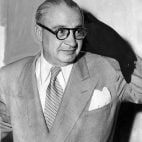
Released in March by Arcadia Publishing, Los Angeles Underworld is written by two organized crime authors, Dragna relative J. Michael Niotta and historian and researcher Avi Bash.
The authors appeared Thursday in a virtual program at the Mob Museum in downtown Las Vegas. The event is titled “Writing the Mob: Chronicling Organized Crime in the 20th Century.” The presentation is available on the museum’s website.
One of the better-known examples of the Los Angeles underworld’s influence in Southern Nevada occurred in the 1940s with the construction of the Flamingo Casino. The resort opened in December 1946 south of downtown Las Vegas on the desert highway leading to Los Angeles. Today, this highway, known as the Las Vegas Strip, is home to the state’s largest megaresorts.
The nickname for the highway, “the Strip,” is thought to have originated with former Los Angeles vice squad officer and Las Vegas casino operator Guy McAfee, who named it after Hollywood’s Sunset Strip.
Construction of the Flamingo began under the direction of Hollywood Reporter publisher Billy Wilkerson. However, the project was taken over by gangster Benjamin “Bugsy” Siegel, representing the East Coast crime syndicate’s concerns in Las Vegas and Los Angeles.
In June 1947, Siegel was shot to death at the Beverly Hills home of girlfriend Virginia Hill. A killer has never been identified. The Flamingo is still at the same location on the Strip, though the original buildings have been demolished.
‘Criminal Collective’
As the Los Angles Underworld authors note, the West Coast Mob’s involvement in Las Vegas dates to the late 1930s. Illegal gambling and bootlegging already had been a fixture in the Los Angeles Spring Street vice dens and elsewhere.
After casino gambling became legal in Nevada in 1931, some Los Angeles operators made their way to Las Vegas.
“Most of those considered to be the founding fathers of modern day Las Vegas got their start as Los Angeles gamblers,” Niotta told Casino.org. “These remnants of a criminal collective that controlled much of the city’s vice through the mayor’s office during Prohibition packed up and headed for Nevada at the close of the 1930s.”
Los Angeles Godfather
Former Las Vegas Sun reporter and author Ed Reid credited Dragna with sending the Los Angeles vice operators packing to Las Vegas by moving in on their Southern California turf. The Los Angeles Times called Dragna “the only classic godfather the city has ever known.” He died in 1956 at age 64.
“Many believe it was Bugsy who first recognized the mother lode potential of Las Vegas,” Reid wrote in his 1969 book, The Grim Reapers. However, it was Dragna “who unintentionally moved big-time gambling into Vegas when he attempted to muscle into the bookmaking activities in Los Angeles.”
“And so, in essence,” Niotta told Casino.org, “it was the gamblers who just couldn’t hack it in the City of Angels that helped create the City of Sin.”
Related News Articles
Nevada Casinos See Massive Revenue Spike in May
Tiger Woods Overcomes Odds, Returns to Winner’s Circle at Tour Championship
Most Popular
Las Vegas Overstated F1 Race’s Vegas Impact — Report
Vegas Strip Clubs Wrestle in Court Over Animal Names
ESSAY: Remembering ‘The Beatles LOVE’ in My Daughter’s Eyes
Most Commented
-
End of the Line for Las Vegas Monorail
— April 5, 2024 — 90 Comments -
Mega Millions Reportedly Mulling Substantial Ticket Price Increase
— April 16, 2024 — 6 Comments -
Long Island Casino Opponents Love New York Licensing Delays
— March 27, 2024 — 5 Comments -
Nearly Abandoned Mall Outside Vegas Soon to Have Only One Tenant
— March 12, 2024 — 5 Comments
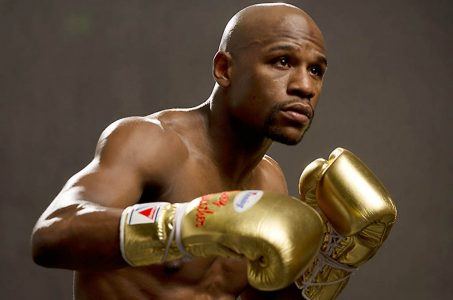
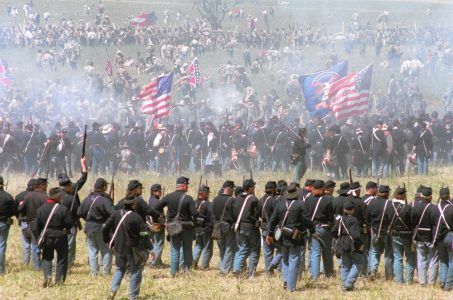












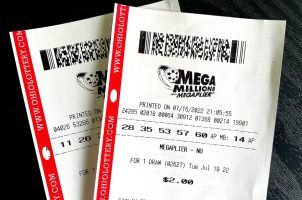
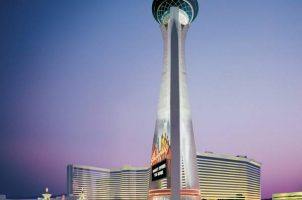
Last Comment ( 1 )
Can,t wait its about time. Thank you. Maybe a book about guy McAfee vice cop.or Wilbur Clarke mob front man, someday.